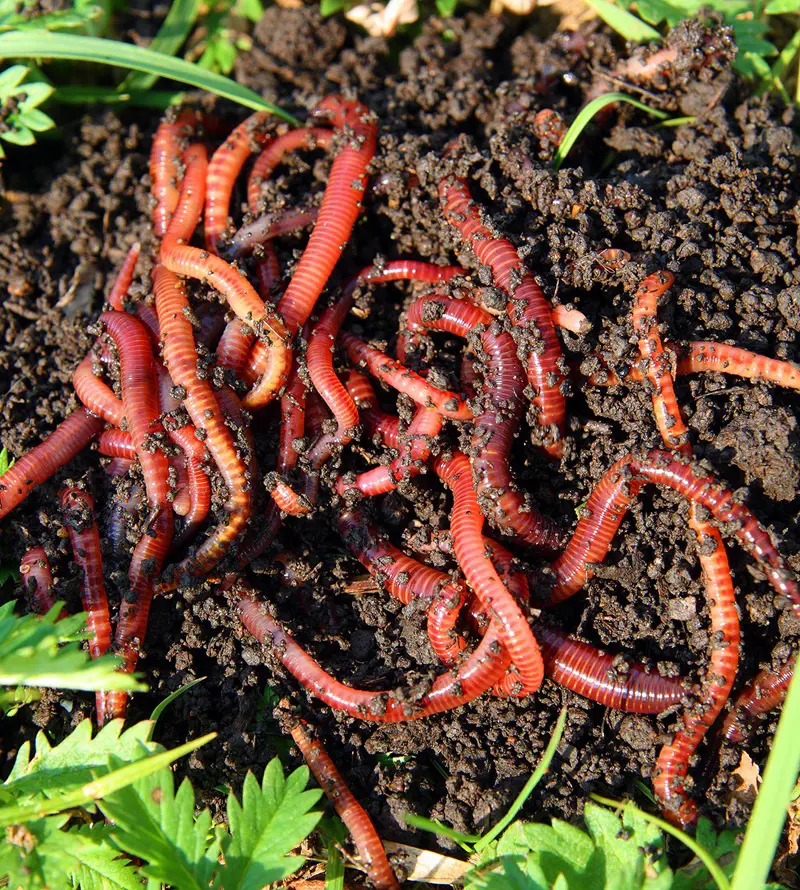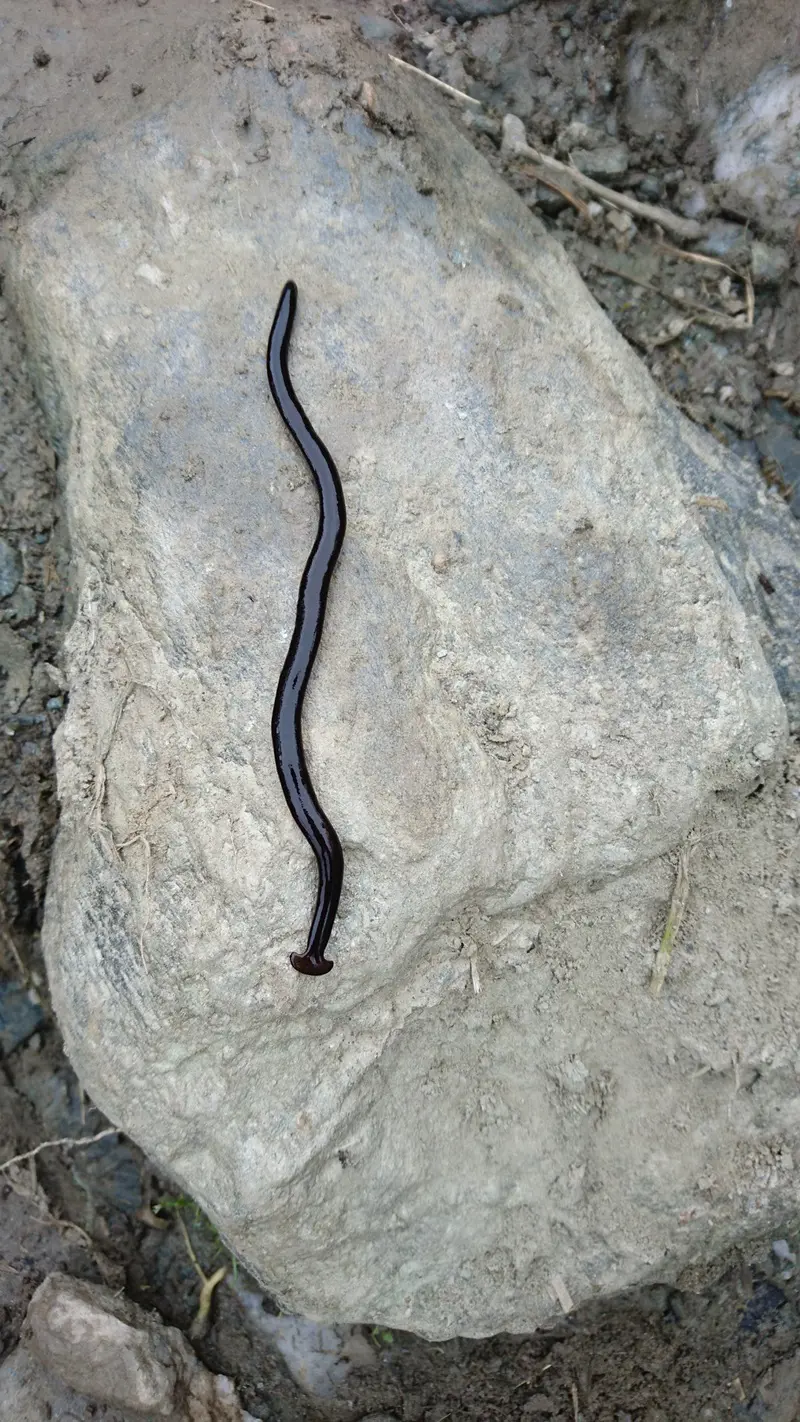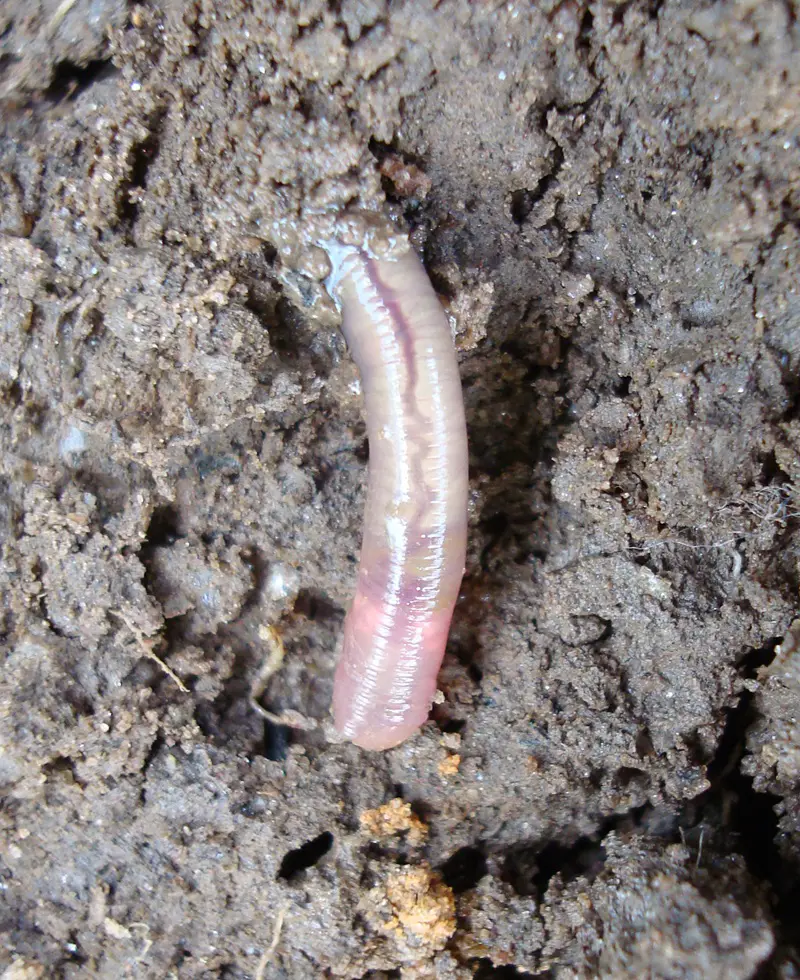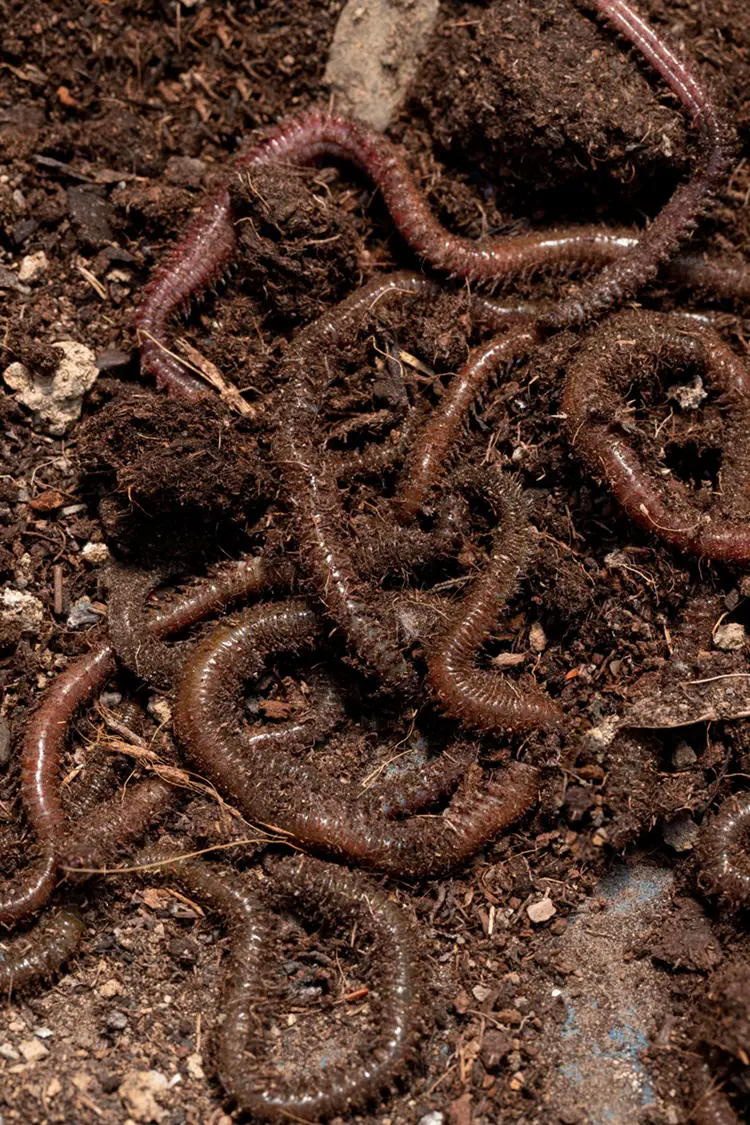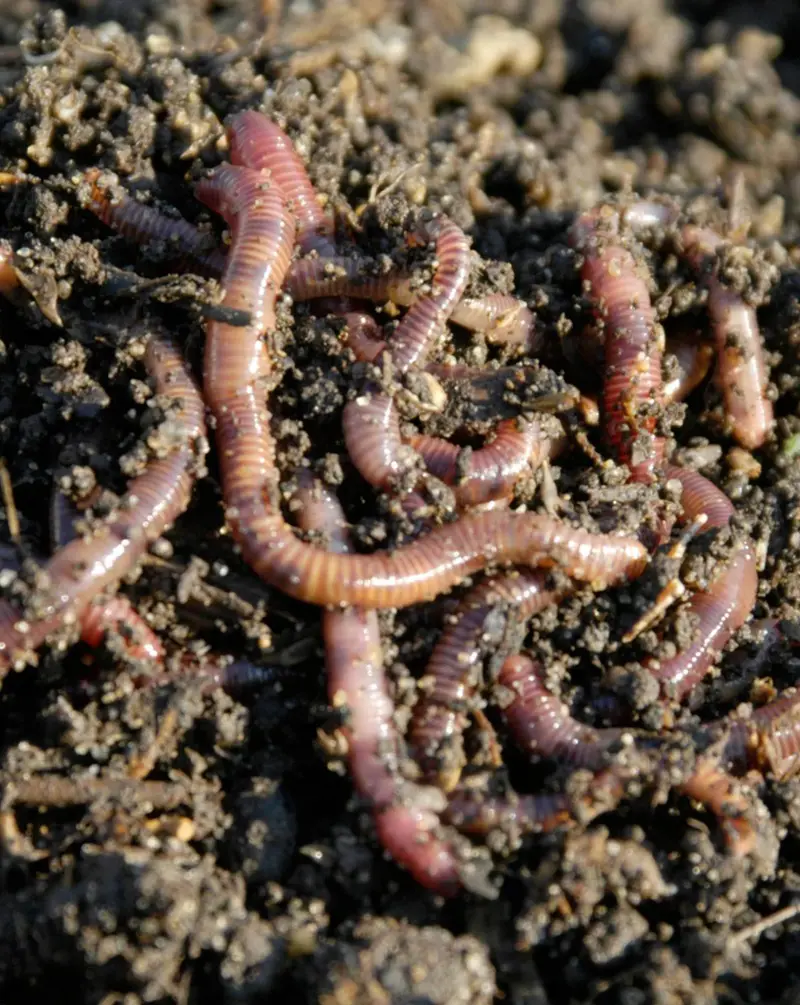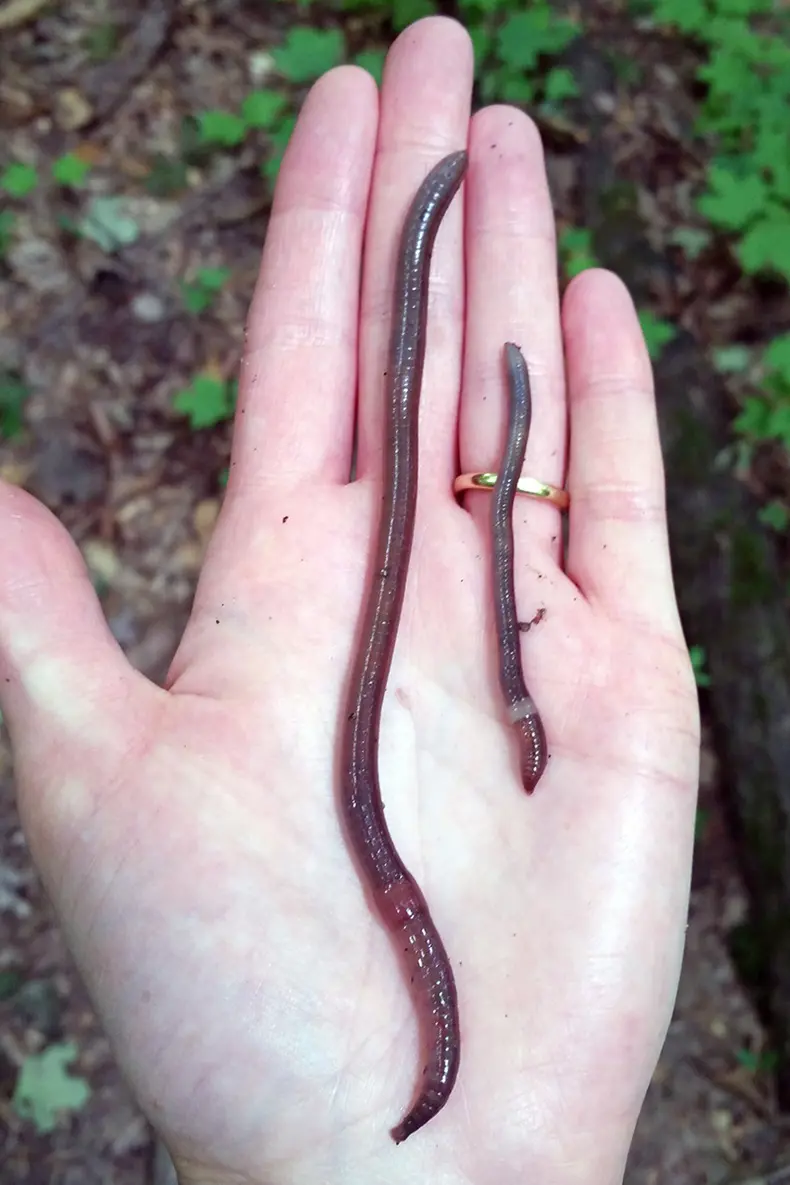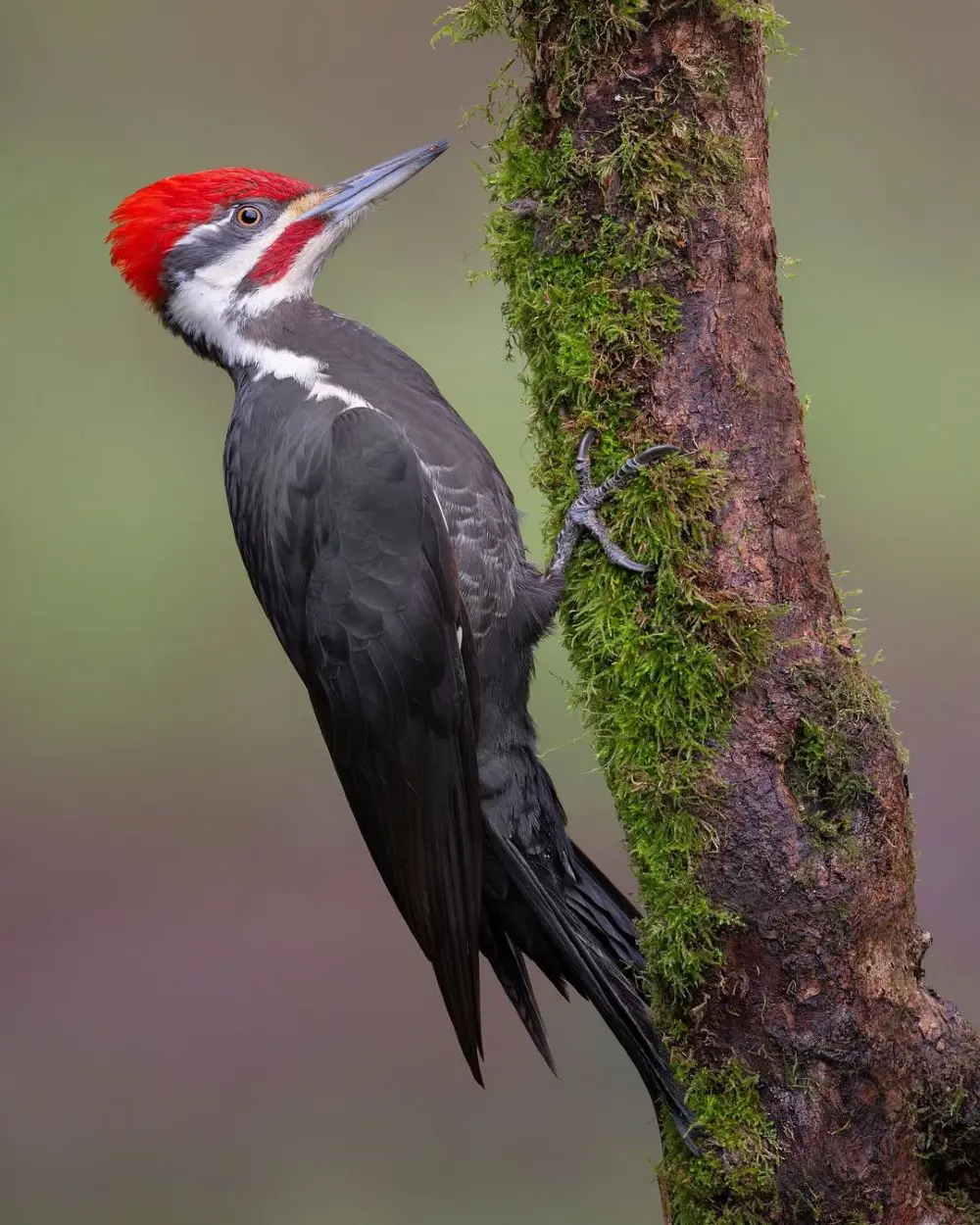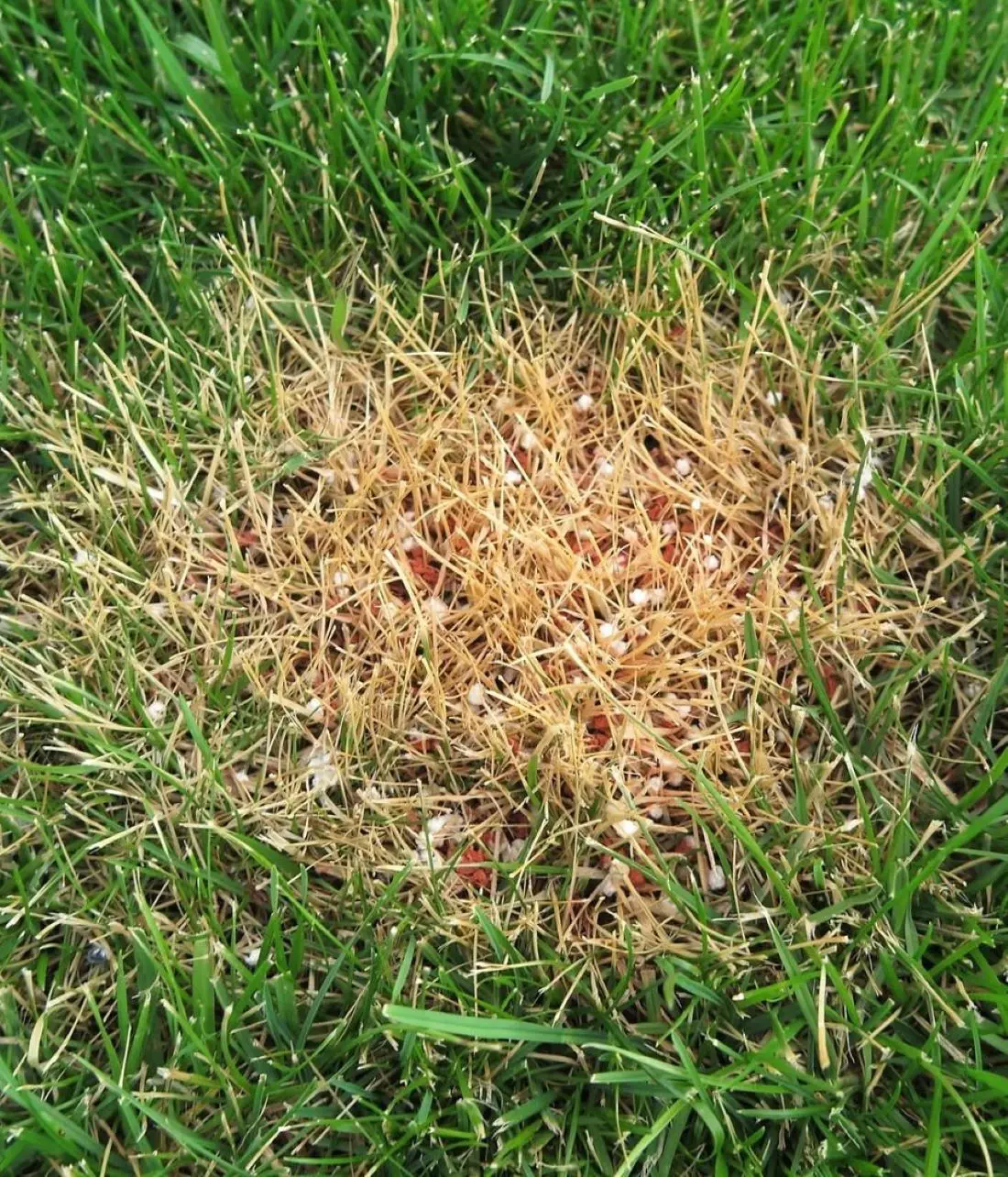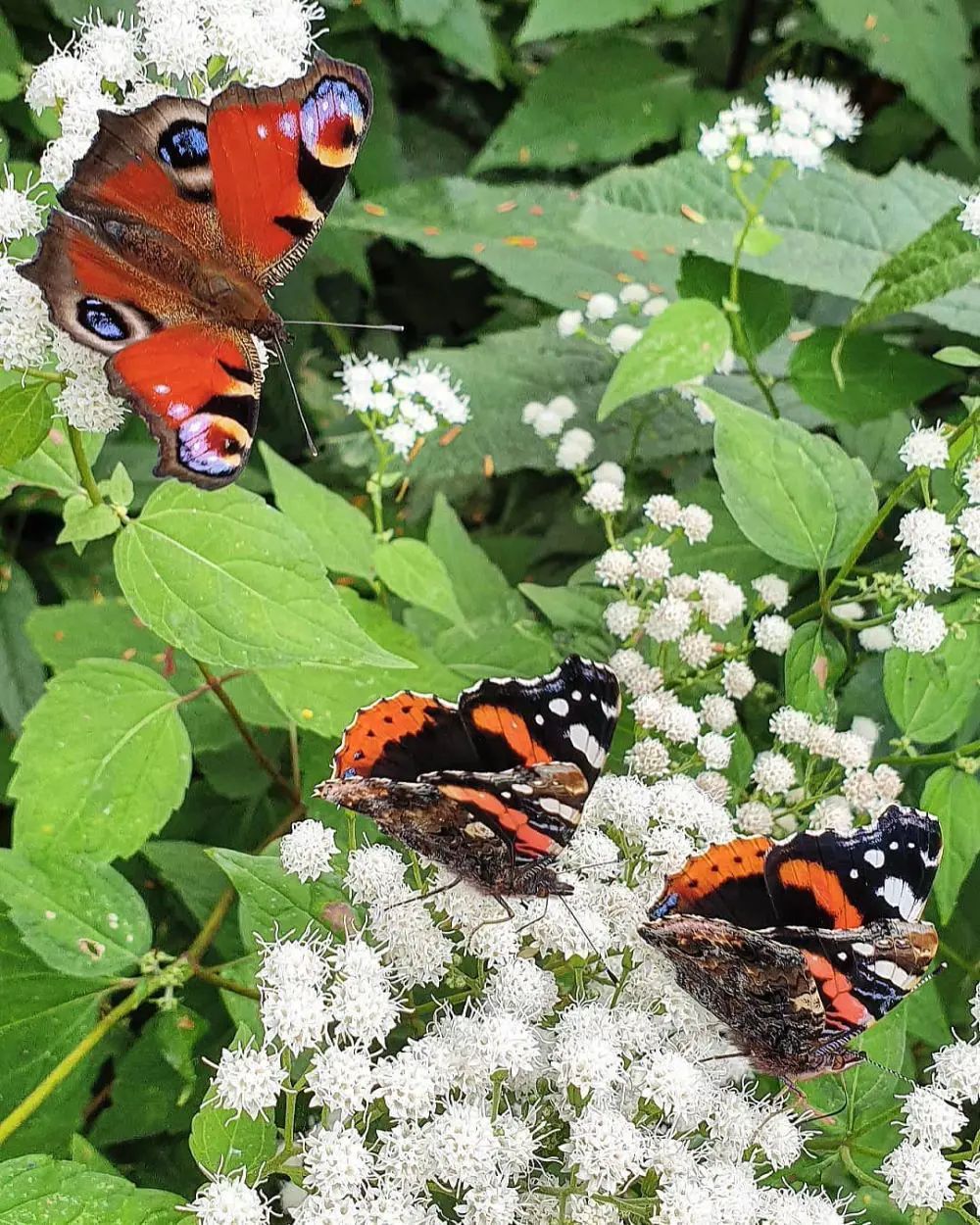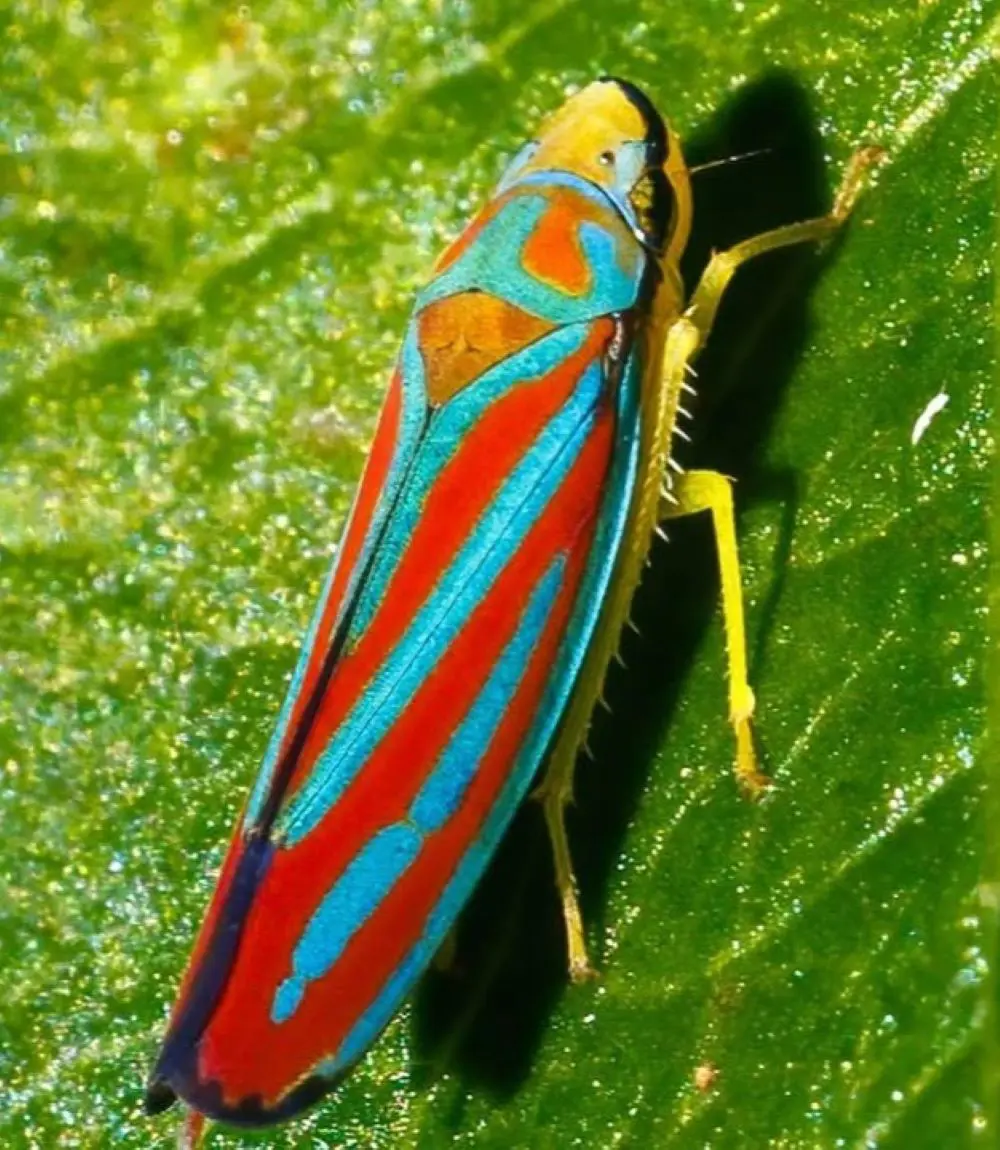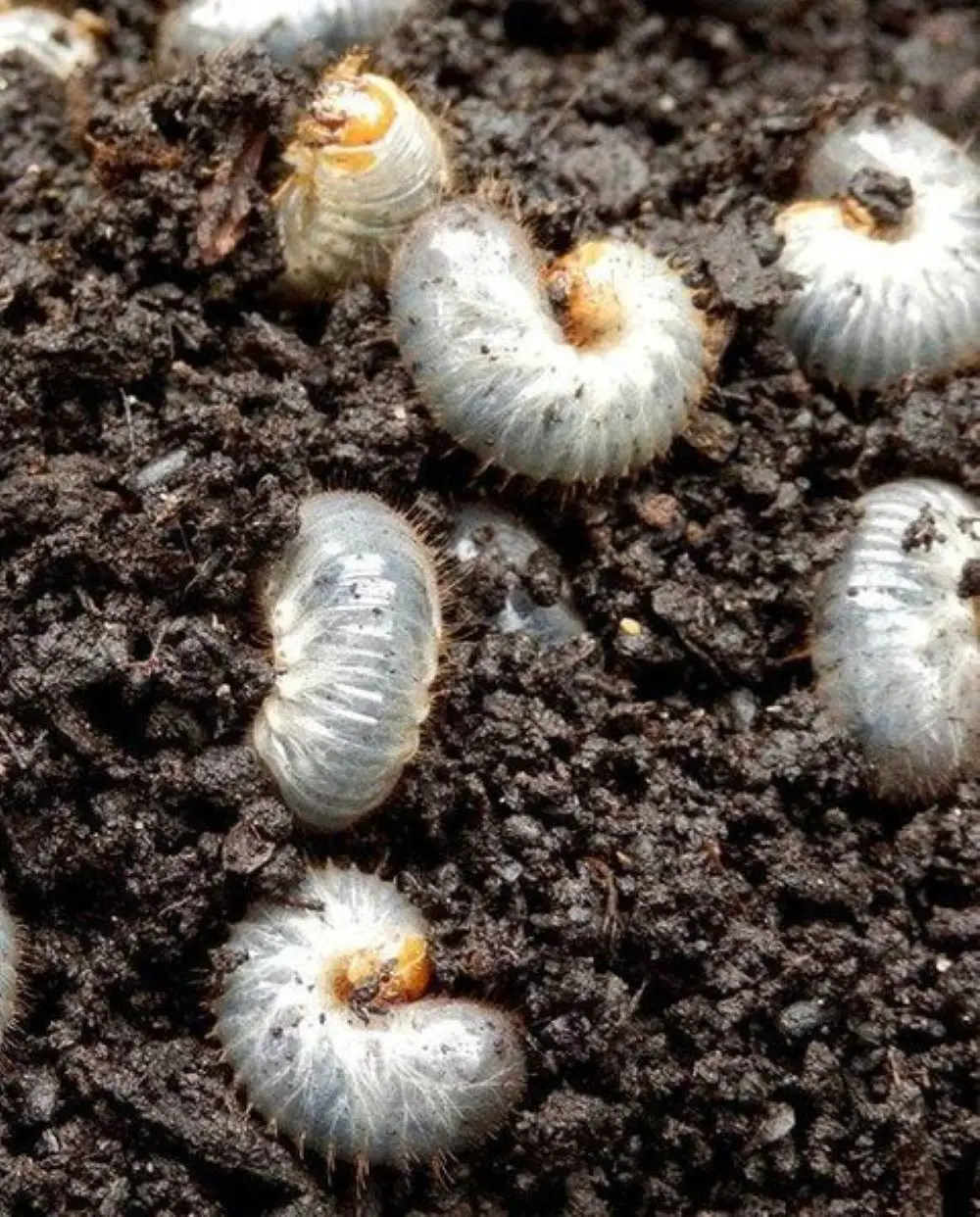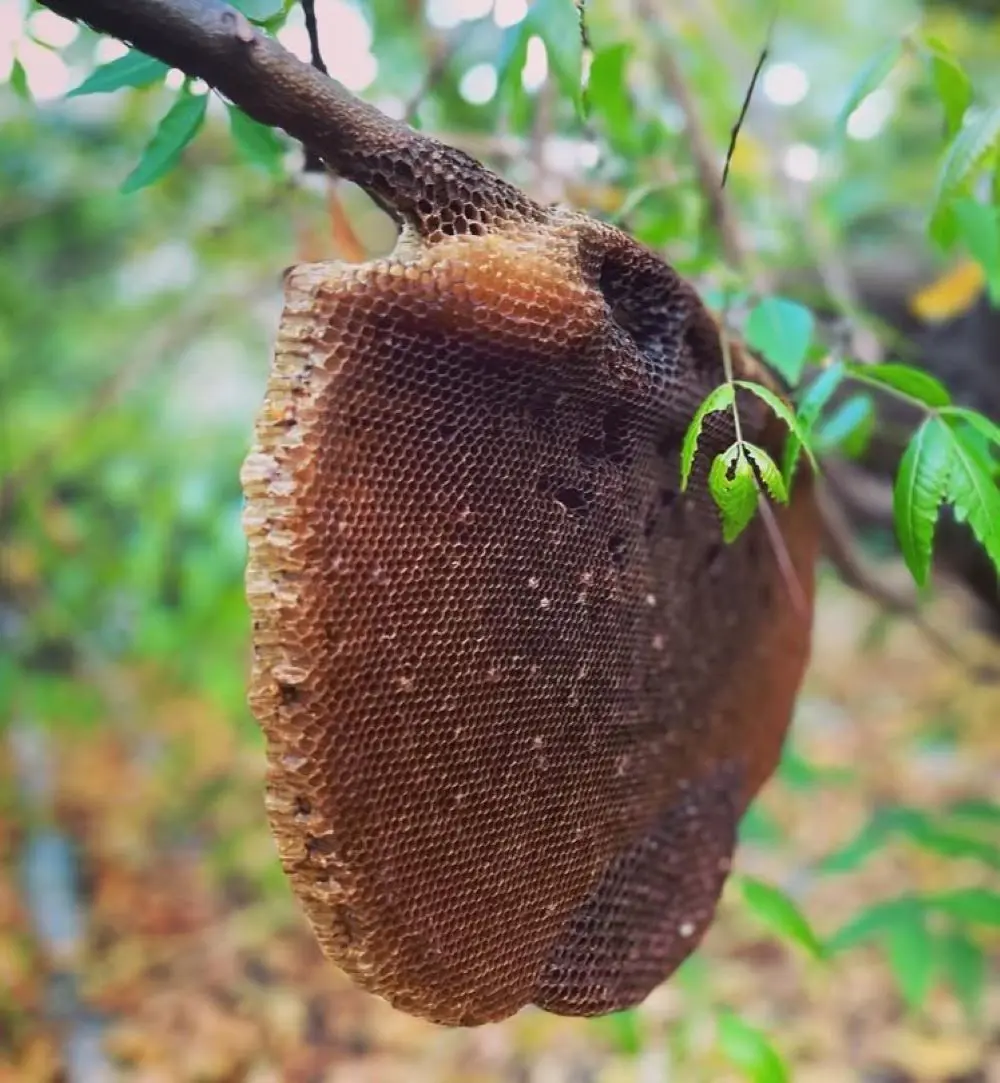1. Vegetable Waste
I know you love vegetables. Vegetables are excellent choices for both taste and nutrition. Your every meal is incomplete without adding some sort of vegetable items into your dining. Just like you do, worms also prefer taking vegetables from the worm bin.
While preparing your meal, we're pretty sure you create a significant quantity of vegetable waste such as carrot peelings, potato skins, broccoli and cauliflower stalks, lettuce, kale, and so on. Worms love to eat veggie waste, which is a pretty much low-maintenance food as well.
Pumpkin and Squash
It has been found that composting worms like to eat any members of the Cucurbitaceae plant family like pumpkins, squash, cantaloupe, honeydew, watermelon, and so on. They are around 94% water and high in sugar content. Try putting them in your worm and get ready to observe the quick swarming of the worms.
These vegetables are easily breakable if cooked or left to soften, being a very good friend of the worm's digestive system. In addition to that, these vegetables contain excessive quantities of vitamins and antioxidants helping both worms and soil to thrive. Make sure to bed your worm bin before adding them!
Carrot Peels
Carrots are considered a very good source of vitamins. The vitamins are responsible for the overall development of the worms, supporting their every health aspect. The worms actually enjoy munching on the carrot tops and peels.
These peels are thin and easily breakable, making them decompose pretty quickly. Worms like to eat this easy-to-go food that is good for their digestion as well.
Leafy Greens
Leafy greens such as lettuce, spinach, and kale attract the worms. Being highly rich in nitrogen, these greens are responsible for their growth and reproduction. They are also found to decompose rapidly, making an ideal food source for the worms.
From helping the compost mixture achieve a more balanced moisture content, these leafy greens make an excellent choice for worm bins around the world. Make sure to rinse off all the hot spices, sauces, oils, and cheeses from these vegetables before putting them into the bin.
